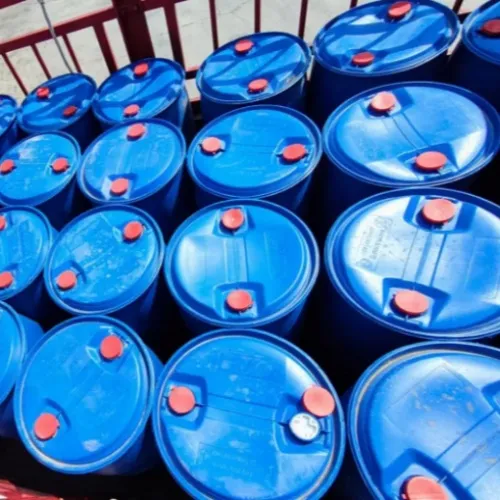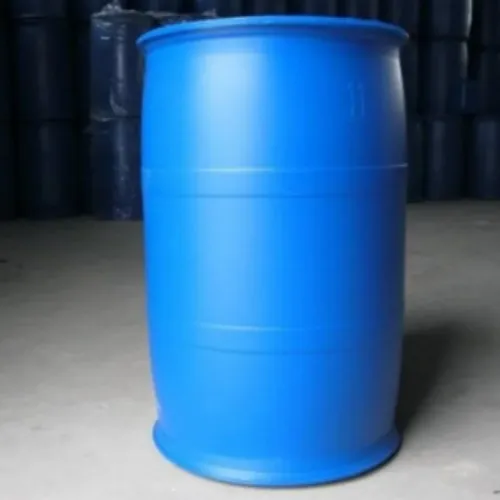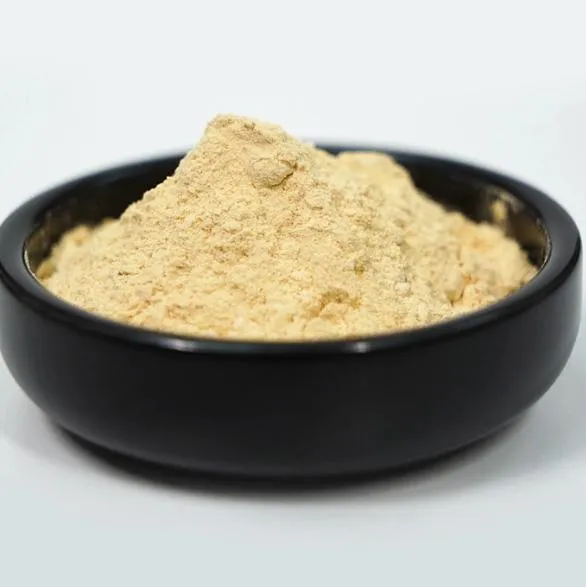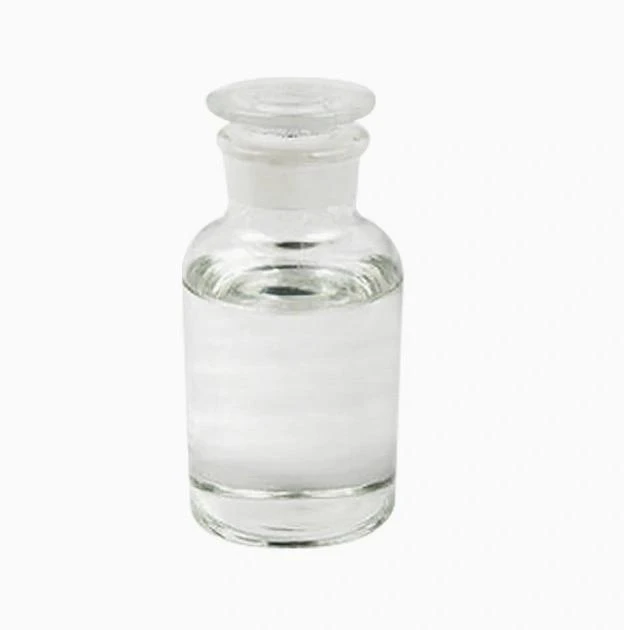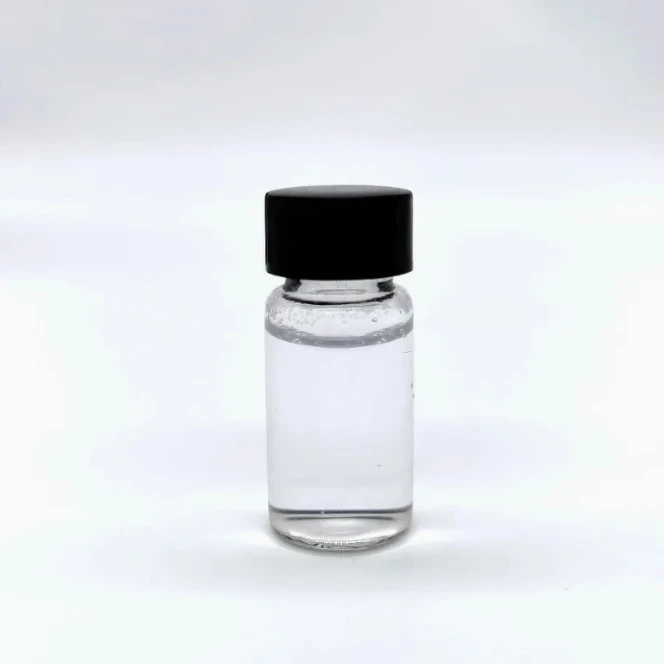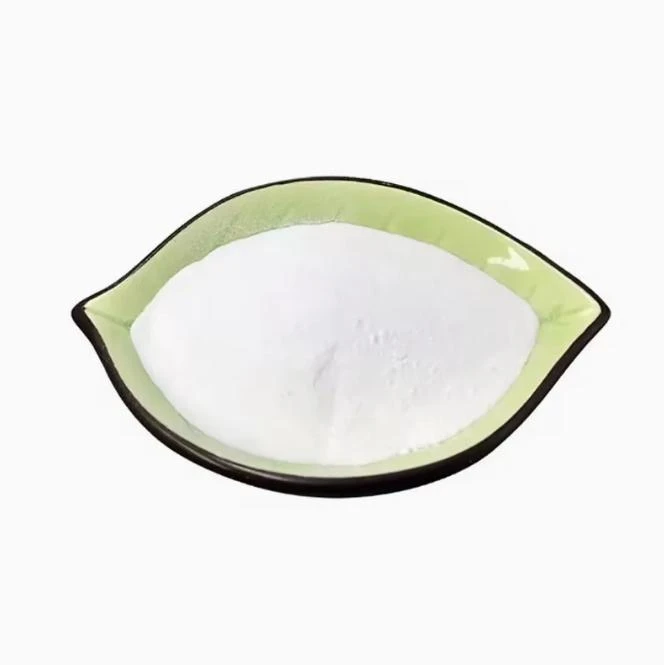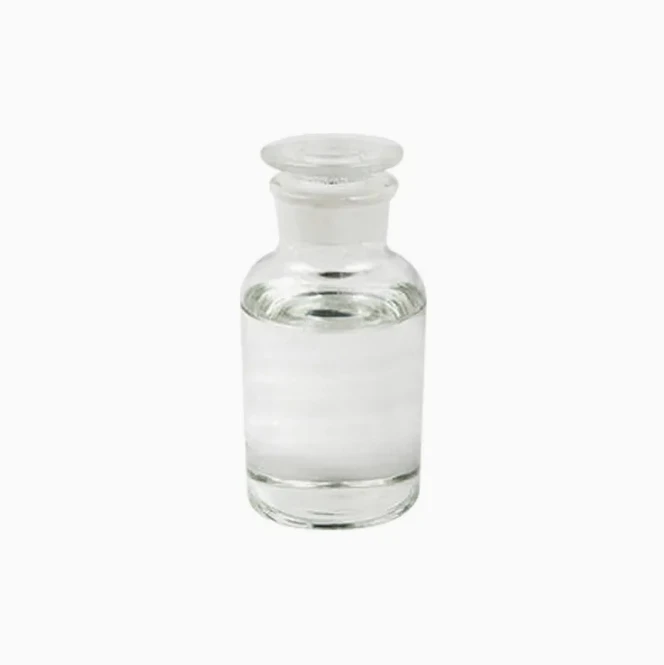Warning: Undefined array key "file" in /home/www/wwwroot/HTML/www.exportstart.com/wp-content/themes/1198/header.php on line 7
Warning: Undefined array key "title" in /home/www/wwwroot/HTML/www.exportstart.com/wp-content/themes/1198/header.php on line 7
Warning: Undefined array key "title" in /home/www/wwwroot/HTML/www.exportstart.com/wp-content/themes/1198/header.php on line 7
- Afirika
- Ede Albania
- Amharic
- Larubawa
- Ara Armenia
- Azerbaijan
- Basque
- Belarusian
- Ede Bengali
- Ede Bosnia
- Bulgarian
- Catalan
- Cebuano
- China
- China (Taiwan)
- Corsican
- Ede Croatian
- Czech
- Danish
- Dutch
- English
- Esperanto
- Estonia
- Finnish
- Faranse
- Frisia
- Galician
- Georgian
- Jẹmánì
- Giriki
- Gujarati
- Haitian Creole
- hausa
- ara ilu Hawaiani
- Heberu
- Bẹẹkọ
- Miao
- Ede Hungarian
- Icelandic
- igbo
- Ede Indonesian
- Irish
- Itali
- Japanese
- Javanese
- Kannada
- Kasakh
- Khmer
- Ede Rwandan
- Korean
- Kurdish
- Kirgisi
- TB
- Latin
- Latvia
- Lithuania
- Luxembourgish
- Macedonian
- Malgashi
- Malay
- Malayalam
- Èdè Malta
- Maori
- Marathi
- Mongolian
- Mianma
- Nepali
- Norwegian
- Norwegian
- Occitan
- Pashto
- Persian
- Polish
- Portuguese
- Punjabi
- Romanian
- Russian
- Samoan
- Scotland Gaelic
- Ede Serbia
- English
- Shona
- Sindhi
- Sinhala
- Slovakia
- Slovenia
- Somali
- Ede Sipeeni
- Ede Sundan
- Swahili
- Swedish
- Tagalog
- Tajik
- Tamil
- Tatar
- Telugu
- Thai
- Tọki
- Turkmen
- Ukrainian
- Urdu
- Uighur
- Uzbekisi
- Vietnamese
- Welsh
- Egba Mi O
- Yiddish
- Yoruba
- Zulu
Acetyl chloride
Acetic chloride is a colourless to light yellow liquid with a pungent and choking odour. Acetic chloride is highly flammable and reacts violently with DMSO, water, lower alcohols, and amines to generate toxic fumes. Along with air, acetic chloride may form an explosive mixture. It is incompatible with water, alcohols, amines, strong bases, strong oxidising agents, and most common metals. On decomposition when heated, acetic chloride produces carbon monoxide, carbon dioxide, hydrogen chloride, and phosgene.
Ifihan ọja
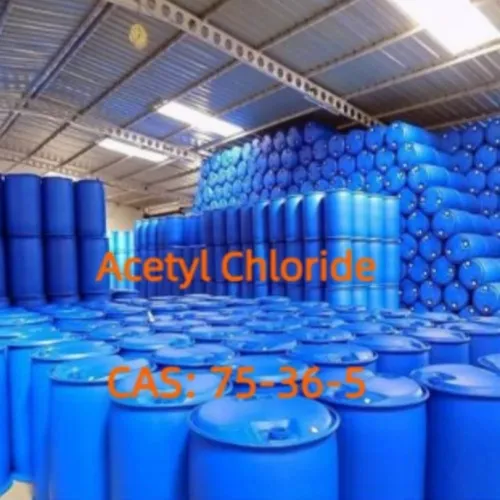
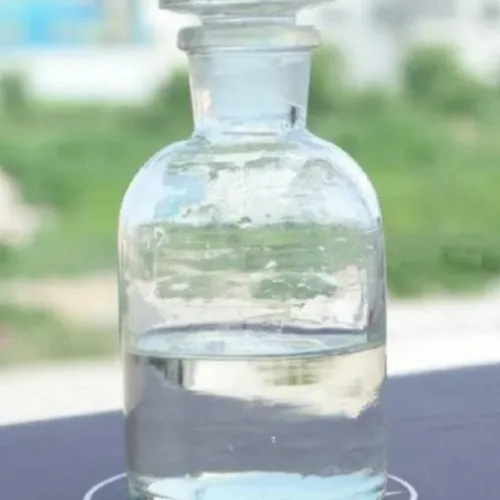
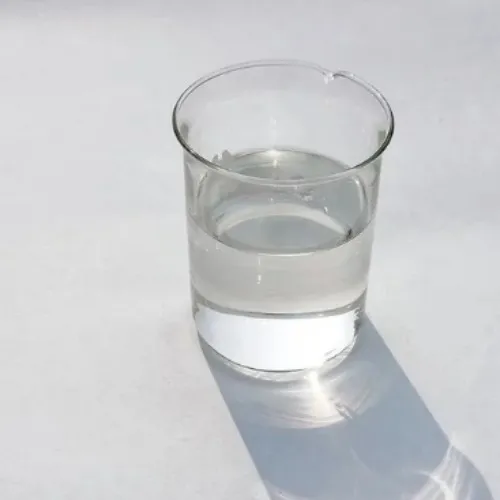
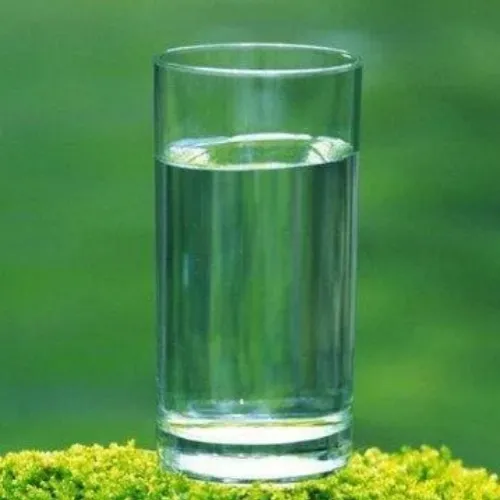
Acetyl chloride is colorless transparent fuming liquid with pungent odor. Miscible with ether, acetic acid and benzene.
Synonyms: CH3COCl; MFCD00000719; ACETYLCLORIDE; Acetylchlorid; acid chloride; Acetic chloride; Ethanoylcholride; EINECS 200-865-6; 1-Chloroethanone; acetylchloride313; ethanoyl chloride; acetic acid chloride; Lidocaine Impurity 38; Ethanoic acid chloride; acetochlor [ANSI, WSSA]; Acetyl chloride, synthesis grade; Acetyl chloride, reagent grade, ACS; Acetyl chloride1M solution in dichloromethaneAcroSeal§3; Acetyl chloride, 1M solution in dichloromethane, AcroSeal; acetyl chloride
Ohun elo
Mainly used for synthetic plastic heat stabilizer (such as PVC organotin heat stabilizer), synthetic spices, medicine, pesticide intermediates.
Used as an analytical reagent, but also for the preparation of acetyl derivatives and dyes.
It is used in the production of pesticides, medicines, new electroplating complexing agents, catalysts for chlorination reactions of carboxylic acids.
Dye synthesis for pharmaceuticals
A ni ọpọlọpọ awọn ile-iṣelọpọ giga-giga pẹlu ifowosowopo jinlẹ, eyiti o le fun ọ ni awọn ọja to gaju ati awọn idiyele ifigagbaga. Ati pe a tun le fun awọn ẹdinwo fun awọn rira olopobobo.Ati pe a ṣe ifọwọsowọpọ pẹlu ọpọlọpọ awọn ile-iṣẹ gbigbe ẹru ẹru ọjọgbọn, le fi awọn ọja ranṣẹ lailewu ati laisiyonu si ọwọ rẹ. Akoko ifijiṣẹ jẹ nipa awọn ọjọ 3-20 lẹhin ijẹrisi isanwo.
| Acetyl chloride Basic information | |
| Product Name: | Acetyl chloride |
| CAS: | 75-36-5 |
| MF: | C2H3ClO |
| MW: | 78.5 |
| EINECS: | 200-865-6 |
| Acetyl chloride Chemical Properties | |
| Ojuami yo | -112 °C |
| Oju omi farabale | 52 °C(lit.) |
| iwuwo | 1.104 g/mL at 25 °C(lit.) |
| oru iwuwo | 2.7 (vs air) |
| oru titẹ | 11.69 psi ( 20 °C) |
| refractive atọka | n20/D 1.389(lit.) |
| Fp | 40 °F |
| iwọn otutu ipamọ. | Store below +15°C. |
| solubility | Miscible with acetone, chloroform, glacial acetic acid, petroleum ether, ether and benzene. |
| fọọmu | Omi |
| Specific Gravity | approximate 1.11 |
| awọ | Clear colorless |
| Òórùn | Strong pungent odor |
| ibẹjadi iye to | 7.3-19%(V) |
| Omi Solubility | Decomposes violently in water |
| Sensitive | Moisture Sensitive |
| Merck | 14,85 |
| BRN | 605303 |
|
Items
|
Index
|
|
Ifarahan
|
Clear, colorless fuming liquid
|
|
Content(direct injection by GC)
|
99.0% min
|
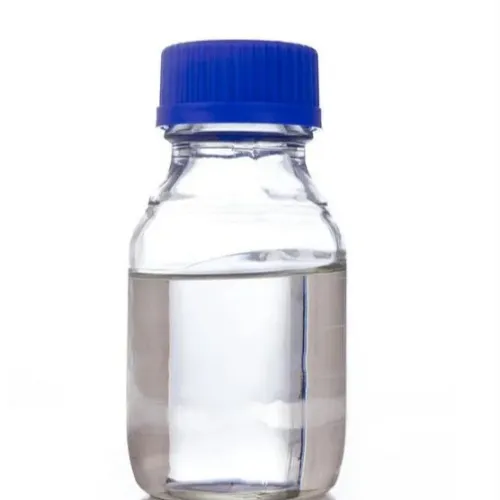
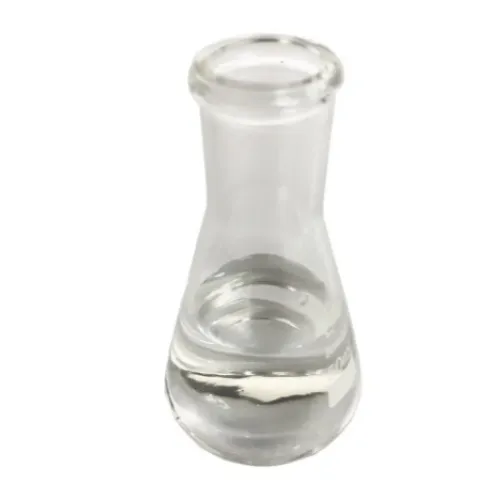
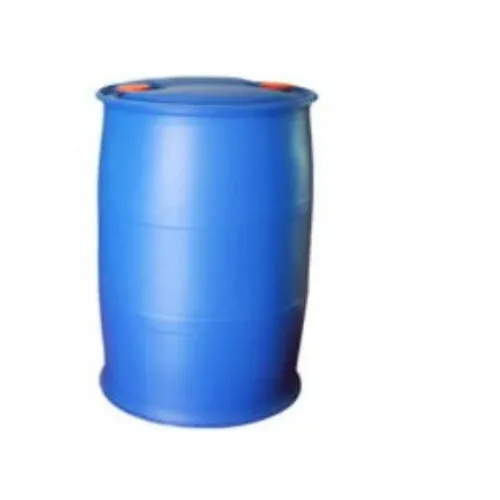
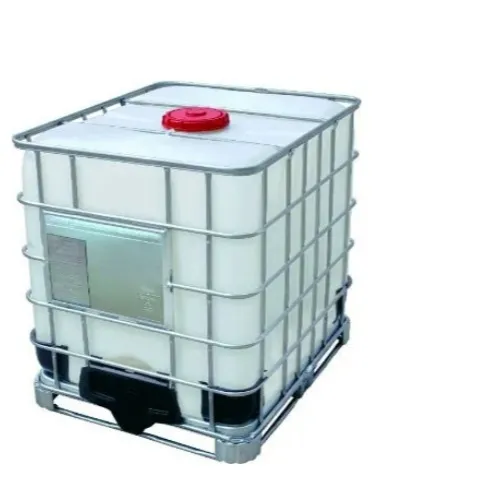
Application:1. It is a kind of acetylating agent, being used as raw materials for pesticides and medicine, or the intermediates for the manufacturing of water treatment agent ethylidene diphosphate.
2. It can be used for the analysis of reagents as well as used for the preparation of acetyl derivatives and dyes
3. It can be used for organic synthesis, dyes and pharmaceutical industries
4. It can be used as the raw materials of pesticides and pharmaceutical as well as the intermediate for the manufacture of water treatment agent ethylene diphosphate. Moreover, it can also be used for the manufacture of new electroplating complexing agent. Acetyl chloride is an important acetylating agent with the acylation capability being stronger than acetic anhydride. It is widely used in organic synthesis and dyes. It is also the catalyst for the carboxylic acid to have chlorination reaction as well as being used for hydroxyl and amino quantitative analysis.
5. This product can be used as raw material for organic synthesis, used in the production of pesticides, pharmaceuticals, new electroplating complexing agent, the catalyst for carboxylic acid to have chlorination, acetylation agent, and other kinds of fine organic synthesis intermediates.4.Storedin a cool, dry,well-ventilated area away from incompatible substances.
Awọn ẹka ọja
-
 May . 07, 20252025 New York Cosmetics Ingredients ExhibitionThe much-anticipated 2025 Cosmetics Ingredients New York will be held at the Javits Center in New York from June 3 to 4, 2025. This event will bring together industry leaders, innovators and enthusiasts from all over the world to discuss the latest trends and advances in the field of cosmetic ingredients.
May . 07, 20252025 New York Cosmetics Ingredients ExhibitionThe much-anticipated 2025 Cosmetics Ingredients New York will be held at the Javits Center in New York from June 3 to 4, 2025. This event will bring together industry leaders, innovators and enthusiasts from all over the world to discuss the latest trends and advances in the field of cosmetic ingredients. -
 Apr . 27, 2025Zibo will host the 2025 International Chemical ExpoZibo, a city known for its thriving chemical industry, will host the 2025 Zibo International Chemical Expo from May 16 to May 18, 2025. This highly anticipated event aims to bring together industry leaders, innovators and stakeholders from around the world to explore the latest advancements and trends in the chemical industry.
Apr . 27, 2025Zibo will host the 2025 International Chemical ExpoZibo, a city known for its thriving chemical industry, will host the 2025 Zibo International Chemical Expo from May 16 to May 18, 2025. This highly anticipated event aims to bring together industry leaders, innovators and stakeholders from around the world to explore the latest advancements and trends in the chemical industry. -
 Apr . 22, 20252025 Yokohama Cosmetics Raw Materials and Technology ExhibitionYOKOHAMA, Japan – The City of Yokohama is preparing to host the much-anticipated Cosmetics Ingredients & Technologies 2025 from May 14 to May 16, 2025. The premier event is expected to attract industry professionals, innovators and enthusiasts from around the world to showcase the latest advancements in cosmetic ingredients and technologies.
Apr . 22, 20252025 Yokohama Cosmetics Raw Materials and Technology ExhibitionYOKOHAMA, Japan – The City of Yokohama is preparing to host the much-anticipated Cosmetics Ingredients & Technologies 2025 from May 14 to May 16, 2025. The premier event is expected to attract industry professionals, innovators and enthusiasts from around the world to showcase the latest advancements in cosmetic ingredients and technologies.



